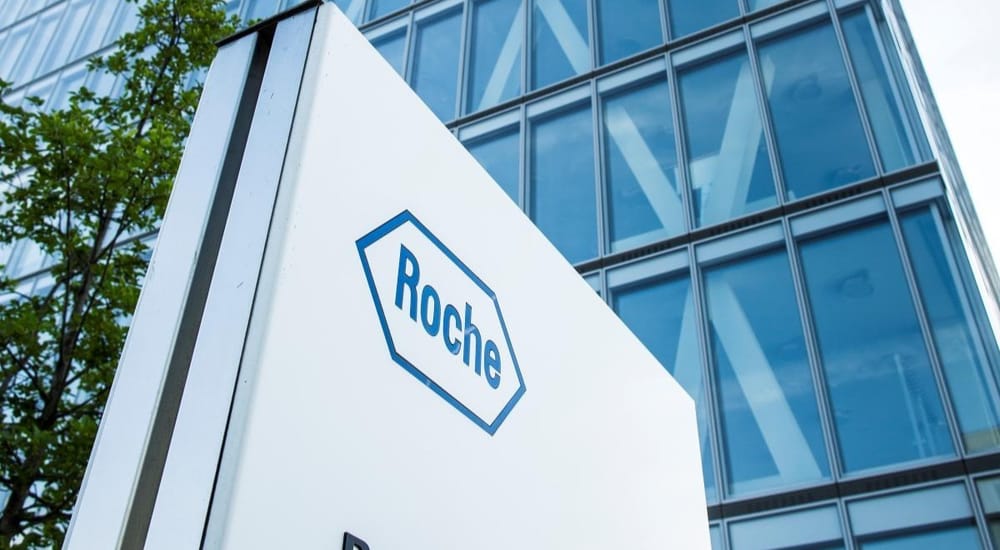How Novo Missed the GLP‑1/GIP Train
The Danish drugmaker built the modern market for obesity treatments—then let rival Eli Lilly steal the next big step.

When Novo Nordisk rolled out Wegovy in 2021, the company looked untouchable. It had the only once‑weekly GLP‑1 shot approved for weight loss and a stock‑market valuation north of $600 billion. Four years later the picture is starkly different. This week Novo warned that 2025 sales will grow no more than 14 %, pared back its obesity forecasts and replaced its chief executive after its U.S. business ceded ground to Eli Lilly’s Zepbound. Lilly’s dual GIP/GLP‑1 drug is now being written more than 100,000 times a week beyond Wegovy’s tally, according to prescription‑tracking figures cited by Novo itself in a bruising investor call Tuesday.
Lilly’s (Not Novo’s) Dual‑Incretin Windfall
Lilly secured U.S. approval for tirzepatide (branded Mounjaro) in type 2 diabetes in May 2022 and followed with an obesity label, Zepbound, in November 2023. The drug’s twin receptor activity helped drive a 45 % jump in Lilly’s quarterly revenue to $13.5 billion late last year; management singled out Mounjaro and Zepbound as the growth engines.
Novo’s False Starts
Ironically, Novo spent a decade tinkering with dual‑incretin science before Lilly ever entered the fray. Its first stab, a fatty‑acyl analogue called NNC0090‑2746, produced modest Phase 2 weight‑loss data in 2017 but never advanced.
The company doubled down with NN9650, a once‑monthly injectable that was supposed to vault past Lilly on convenience. Instead, Novo scrapped the programme in August 2024 for “portfolio considerations,” telling investors the profile was no longer competitive.
A parallel once‑weekly series—internal codes NN9541 and NN9542—made it into Phase 2, yet Novo’s most recent R&D deck relegates them to a footnote while highlighting next‑generation projects such as amycretin and “triple‑agonists.”
The Last Dual‑Agonist Standing
Novo’s lone GIP/GLP‑1 hopeful today is NNC0519‑0130, an early‑stage molecule the company is testing both orally and by injection across half‑a‑dozen Phase 2 trials in obesity, diabetes and chronic kidney disease. Management says an oral formulation could differentiate it from Lilly’s injectables, but pivotal studies would not start before 2026—four years behind Zepbound’s commercial launch.
What Went Wrong
- Risk tolerance: Novo’s first‑generation dual agonists aimed for gentler side‑effect profiles, but that restraint left the drugs under‑powered just as Lilly proved patients would tolerate higher nausea rates for bigger weight loss.
- Strategic whiplash: Internal resources swung from dual‑incretins to higher‑dose semaglutide, to amylin combos, to siRNA cardiometabolic projects. Analysts say the company spread its bets too thin. “The guidance cut shows a pipeline that lacks focus,” Union Investment’s Markus Manns told Reuters after Tuesday’s rout.
- Manufacturing math: Novo’s fill‑and‑finish network is already stretched by semaglutide demand; committing to another weekly injection series would require billions in additional capital spending.
The Road Ahead
New CEO Mike Doustdar inherits a flagship obesity franchise still growing but threatened by copycat compounding pharmacies and an aggressive Lilly. Investors will look for concrete milestones on NNC0519‑0130 and clearer rationale for why a late‑to‑market oral pill can regain the momentum Novo once enjoyed. Until then, the company that taught the world to love GLP‑1 drugs will watch from the sidelines as its rival cashes in on the GIP upgrade.
Author

Investment manager, forged by many market cycles. Learned a lasting lesson: real wealth comes from owning businesses with enduring competitive advantages. At Qmoat.com I share my ideas.



